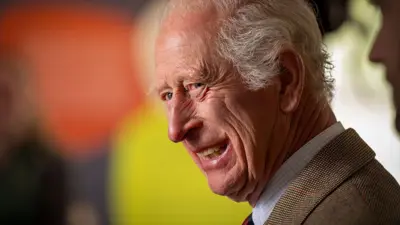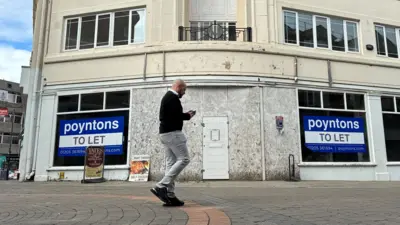We've updated our Privacy and Cookies Policy
We've made some important changes to our Privacy and Cookies Policy and we want you to know what this means for you and your data.
Police force cuts risk crime rate rise, warns Civitas
Criminals are less likely to get caught as police numbers are cut over the next few years, a think tank has warned.
Civitas said falls in crime could be halted or reversed after this year's 6% real terms cut to the national funding grant and 20% cut up to 2015.
The report called 2011: The start of a great decade for criminals? said "a nation with fewer police is more likely to have a higher crime rate".
Ministers said deployment, not the size of a force, was what mattered.
The report carried a comparison of the number of police officers and the number of recorded offences per 100,000 people in European countries showing that reducing police numbers could lead to higher crime rates.
'No simple link'
Report author Nick Cowen said: "While police numbers and resources are far from the only contributor to police effectiveness, it seems highly unlikely that the swingeing cuts now being enacted will be made without significantly decreasing detection rates.
"The result will be that offenders will be able to engage in criminal acts with a reduced risk of being caught and sanctioned, making criminal acts less risky and more attractive for potential offenders.
"As a result, it is possible that recent falls in crime will be halted or even reversed."
He added: "England and Wales currently have a smaller number of police officers per 100,000 than the European average and a higher crime rate than average.
"There is a prima facie case to suggest that this relationship may be causal since the main purpose of a police force is to protect the public and prevent crime."
Speaking last month, policing minister Nick Herbert insisted there was no "simple link" between police numbers and crime.
"What we should be concerned about is how officers are deployed, whether they are available and visible to the public, whether they are there on the streets when the public want them.
"Therefore what matters is not the total size of the police workforce but the efficiency and effectiveness of deployment, how much bureaucracy is tying them up."
Top Stories
More to explore
Most read
Content is not available








